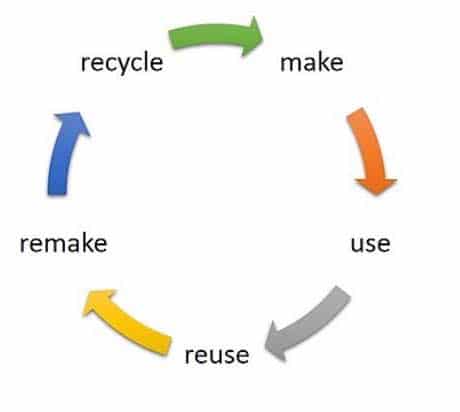Circularity is a Hot Topic
Circularity is a hot topic today, it’s almost impossible to avoid. Just look at all the Loop articles and ads you’ve seen in recent months about the circularity of consumer goods. It practically flooded newsfeeds on sustainability for a few weeks.
A recent survey polled consumers to gauge their level of awareness on a range of sustainability and environmental terms. It was no surprise that some of the highest ranked terms were “recyclable,” “human rights,” “organic” and “all-natural.”
On the low end of the survey for recognition were terms like “circular economy” and “cradle-to-cradle.” This should serve as a reminder to all of us in the sustainability arena that the terms we use and the way we talk is not in the mainstream.
What Does Circularity Mean?
What does it mean that consumers basically have no idea what circularity means? A point that I make all the time is that having an environmental or social mission isn’t enough. You have to be able to effectively communicate it to consumers, and that doesn’t always come easy.
“Circular economy” is the least understood term in a long list of unfamiliar terms related to the environment.
There Are Two Solutions
There are two ways for you to solve this communications roadblock. You can either teach consumers so they understand what you are saying. Or you can reframe your message in words that consumers do understand.
Perhaps this sounds obvious, however, when you are emersed in sustainability 24/7 it’s easy to lose sight of the big picture. You can’t assume that consumers know and understand the terms and the messages that you are using. That’s the reason you need to survey consumers and average Americans frequently. You have to understand what’s hot for them versus what’s hot for us.
Clearly Define ‘Circular Economy’
A ‘circular economy’ is often referred to simply as “circularity”. Circularity is an economic system aimed at minimizing waste and making the most of natural resources. In a circular system resource input and waste, emissions, and energy usage are minimized.
This is accomplished by slowing, closing, and narrowing energy and raw material loops. This can be achieved through long-lasting design, maintenance, repair, reuse, remanufacturing, refurbishing, and recycling.
This regenerative approach contrasts with the traditional linear economy, which has a ‘take, make, dispose’ model of production.
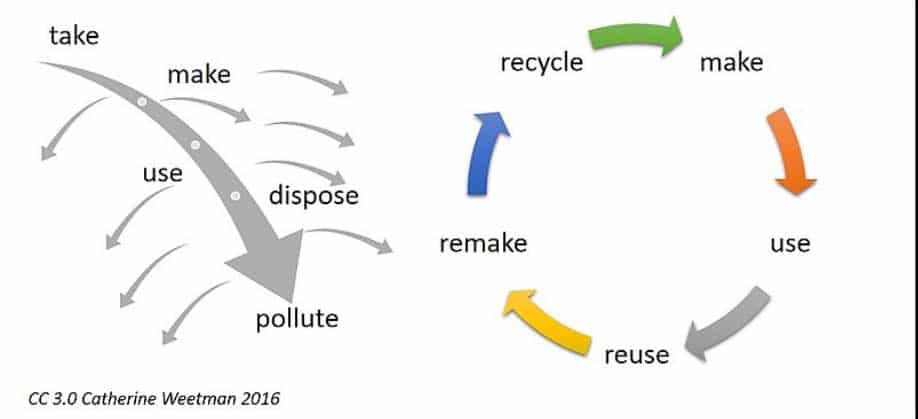
7 Categories of the Circular Economy
Proponents of the circular economy suggest that a sustainable world does not mean a drop in the quality of life for consumers. They claim that it can be achieved without loss of revenue or extra costs for manufacturers. The argument is that circular business models can be as profitable as linear models, allowing us to keep enjoying similar products and services.
Circle Economy breaks the term ‘Circular Economy’ down into seven main categories based on “the various terms and definitions used by over 20 organizations. These include NGOs, government agencies, academia, consultancies, etc.” which is great for businesses but still too complex for consumers.
After interpreting and grouping these various terms, seven key elements emerged that defined the majority of terms linked to the circular economy.
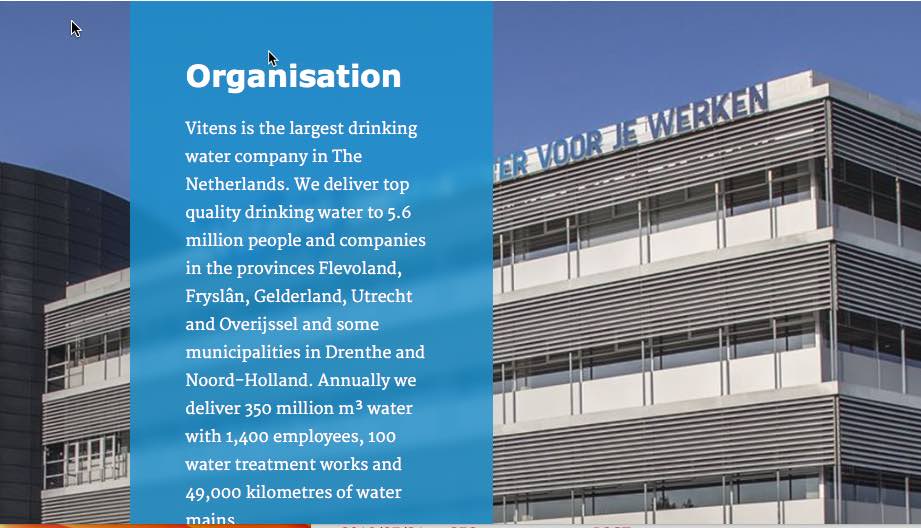
Prioritize Regenerative Resources
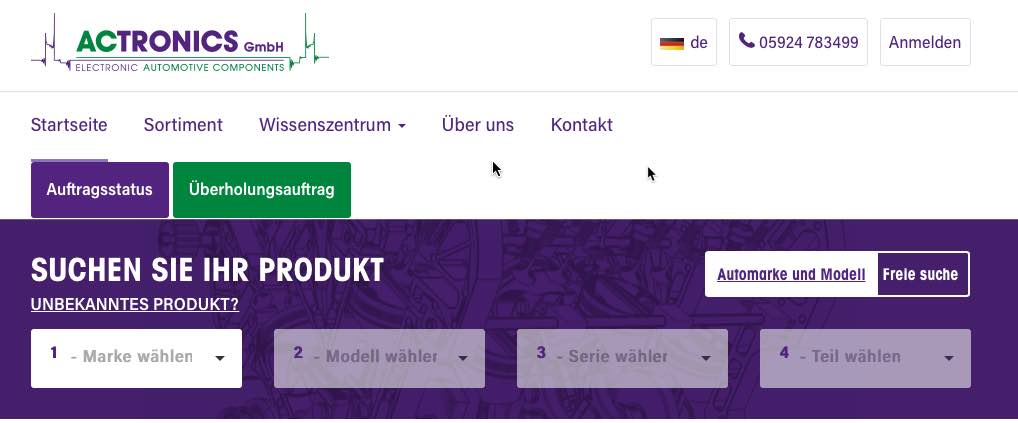
Disruptive Startup. ACTronics remanufactures automotive electronic components, based on innovative and cost-effective processes. The company’s rapid growth demonstrates the viability of its business model.
Corporation. Royal Philips is a global healthcare company that aims to make the world healthier and more sustainable through innovation. The company is starting to focus on remanufacturing and refurbishing programs for medical imaging equipment.
Example of a Circular Job. The appliance technician contributes to the circular economy by extending the lifetime of products. By embodying one of the strategies of the circular economy, ‘to preserve and extend what’s already made’, all repair and maintenance jobs are considered circular.
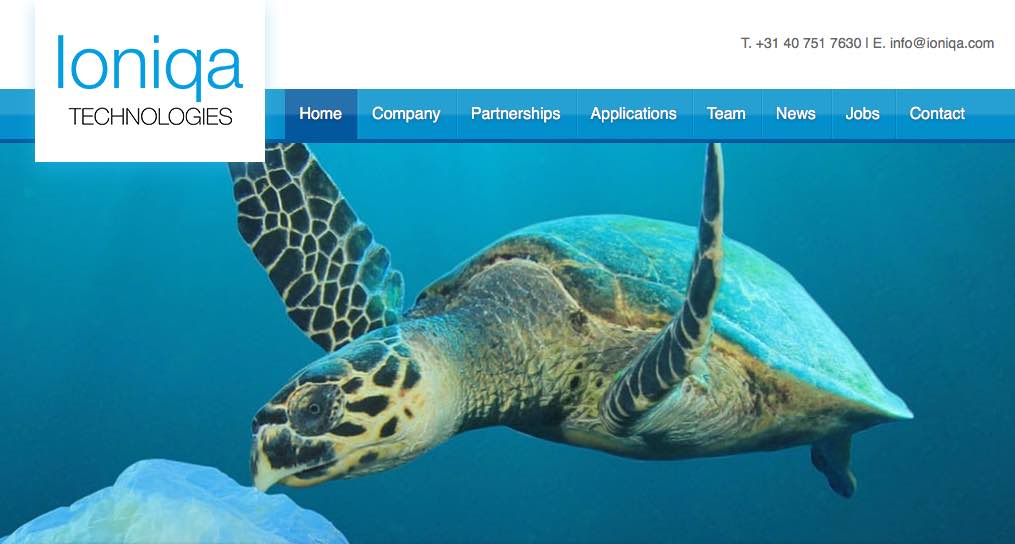
Use Waste as a Resource
Utilize waste streams as a source of secondary resources and recover waste for reuse and recycling.
Put into Practice…
Disruptive Startup. Ioniqa has developed a game-changing technology to produce high-grade raw materials from PET waste. It was awarded the 2016 Accenture Innovation Award in the circular economy category.
Corporation. Renewi, formed from the merger of Shanks and Van Gansewinkel, is a leading waste-to-product business that operates across nine countries. The company focuses on transforming waste materials into a wide range of useful products.
Example of a Circular Job. The recycling operative’s job consists of sorting through recyclable waste and separating materials to be recovered. This sorting and separating constitutes an essential element in the recycling process, which involves the ‘use of waste as a resource’ strategy, and thus presents itself a circular job. Day to day activities of the recycling operative include physical labor and machine handling such as forklift driving.
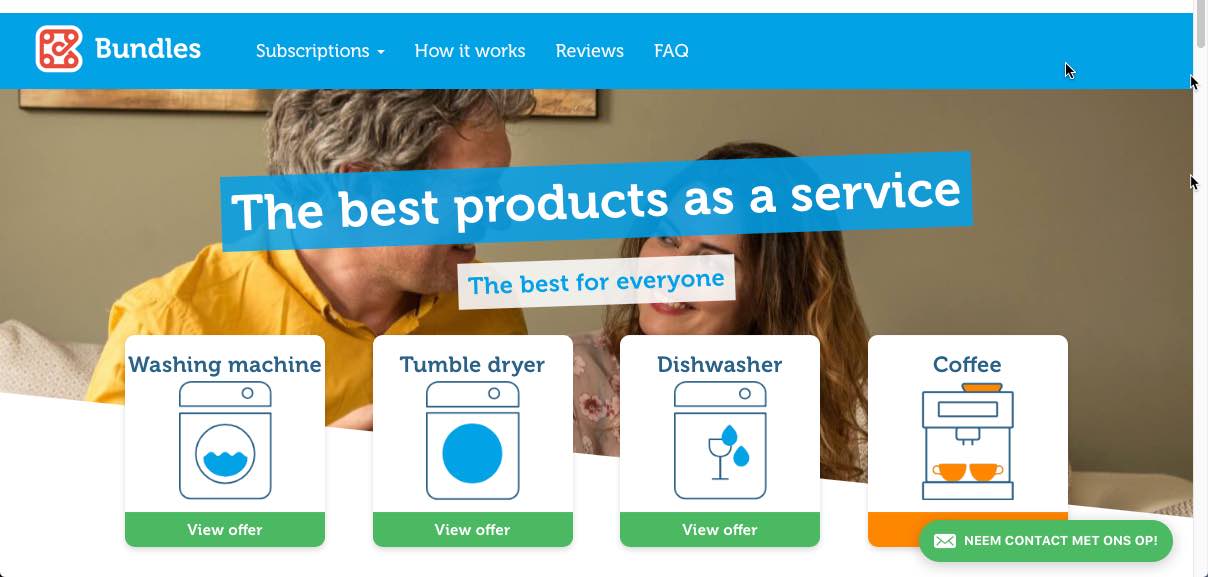
Rethink the Business Model
Consider opportunities to create greater value and align incentives through business models that build on the interaction between products and services.
Put into Practice…
Disruptive Startup. Bundles have a trailblazing product-as-a-service model by leasing Miele appliances. This promotes unique customer engagement and provides and incentivizes product life-extension.
Corporation. Auping is a global mattress and bed manufacturer that is aiming to produce fully circular products. The company has plans to move towards pay per use leasing models for its beds to retain ownership of its products and raw materials.
Example of a Circular Job. The leasing process manager is responsible for the coordination of the external service partners distributed across market segments. By contributing to the workings of a product as a service model, the leasing process manager contributes to the circular economy through the ‘rethinking the business model’ strategy.
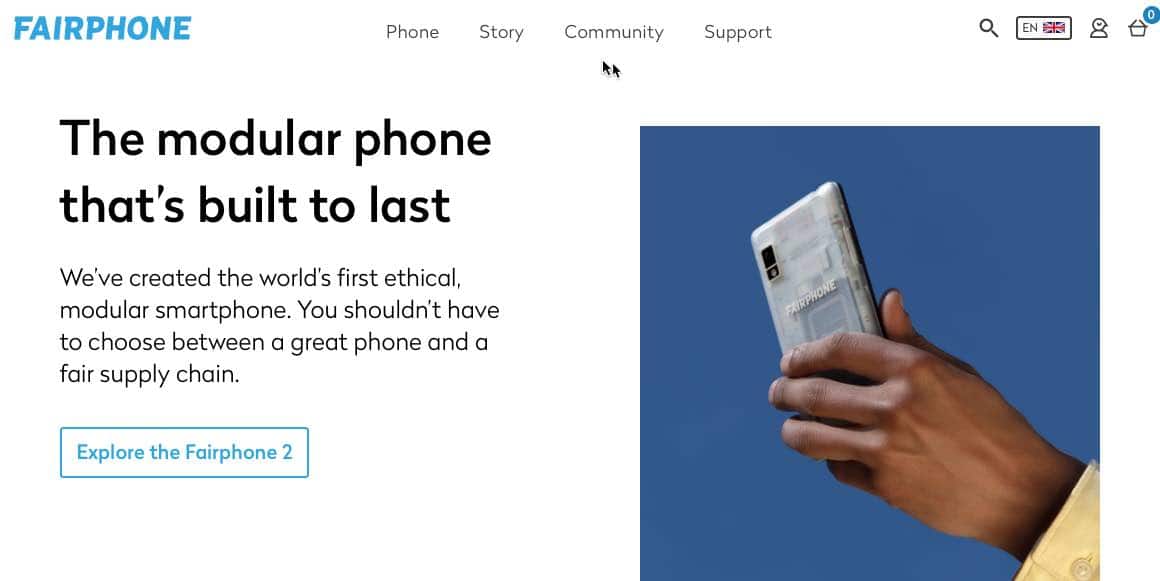
Design for the Future
Account for the systems perspective during the design process, to use the right materials, to design for an appropriate lifetime and to design for extended use.
Put into Practice…
Disruptive Startup. Fairphone designs modular mobile phones by using fair materials, good working conditions to enable the reuse and recycling of parts. The Fairphone 2, released in 2016, has anchored the company’s niche position in the market.
Corporation. Desso is an international designer and producer of circular carpet tiles and broadloom. The company designs its own products and has developed innovative new techniques that allow its products to be collected and recycled or reused.
Example of a Circular Job. An architect is responsible for designing buildings and by extension for the materials used during a building’s construction, its energy efficiency during the use phase and the potential for material recovery when it is demolished. An architect can thus contribute to the circular economy by ‘designing for the future’.

Incorporate Digital Technology
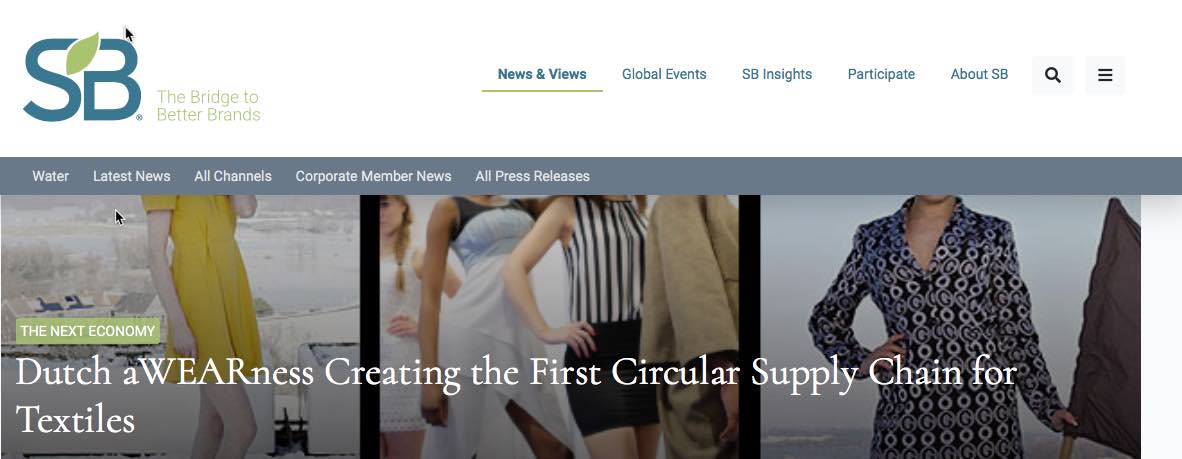
Moving Away From the Linear Economy
A Linear Economy uses a “take, make, dispose” approach to industrial processes. It also uses limited resources to create products with a limited lifespan. Many of these products end up in landfills or incinerators.
The Circular Economy approach, by contrast, takes insights from the living systems around us. It considers that our systems should work like organisms, processing nutrients that can be fed back into the cycle. It doesn’t matter whether the cycle is biological or technical. Because of the circular nature, it possesses it is often called a “closed loop” or “regenerative” which are terms that are usually associated with it.
The generic circular economy label can be applied to or claimed by several different schools of thought, but all of them gravitate around the same basic principles.

